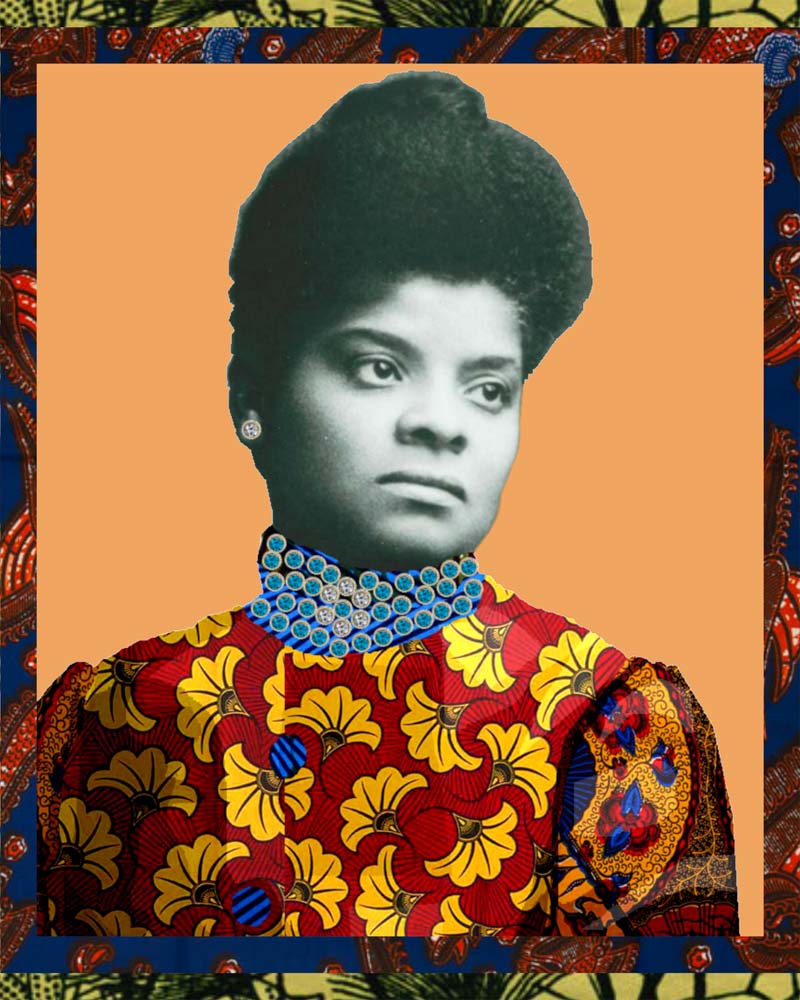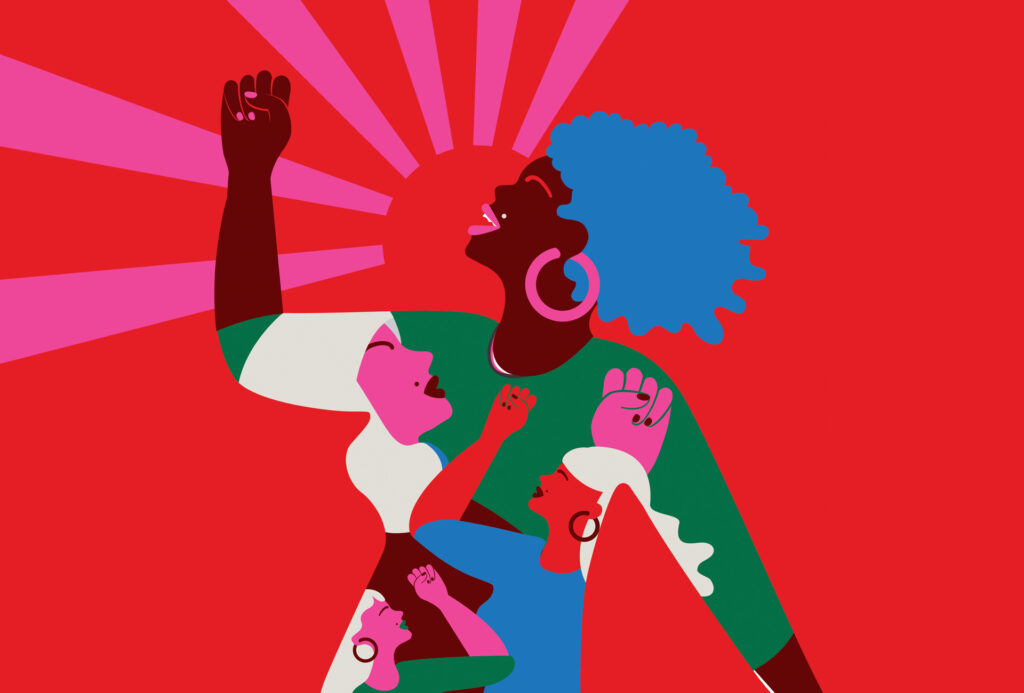The Equal Rights Amendment, which would outlaw any type of sex discrimination, was first proposed ninety-eight years ago. Recently, Virginia became the 38th state to ratify the amendment in 2020, five decades after Congress approved the Equal Rights Amendment in 1972.
Before the Equal Rights Amendment, women did not have equal pay, were underpaid, overworked, did not have the right to take leave from a workplace to care for a newborn or adopted child, were not permitted or had very little time to take breaks, worked in unsafe or unsanitary conditions, and more.
An example of how poorly women were treated was The Triangle Shirtwaist Factory Fire. Women were not permitted to leave the factory or even take breaks, and because the doors were frequently locked to prevent this, many women were unable to evacuate once the fire broke out.
On that day (March 25th, 1911) over One hundred and forty-six manufacturing employees died as a result of the fire. It was on the top three levels of the Asch Building, which was ten stories tall. Some ladies died as a result of falls or because they were unable to flee.
_______
When reading “Virginia Just Became the 38th State to Pass the Equal Rights Amendment. Here’s What to Know About the History of the ERA” By Tara Law, I took notice of section 1, stating “Equality of rights under the law shall not be denied or abridged by the United States or by any State on account of sex.” This is important because This part of the amendment effectively indicates that gender equality should not be denied by any state based on gender. To further explain, this means that legally, a person’s rights may not be restricted in any manner, nor may he or she be granted any benefits, based on his or her gender.
Lastly, a Snapshot that stuck out to me was by Jaisely Dominguez’s. Their snapshot represents the women that tried to escape but could not. As previously stated, That day, over 100 employees had died and the majority of them were young women. Doors that were kept shut to prevent staff from creating escape routes. The manufacturing floor’s main exit was built so that only one person could pass through at a time; existing workers had their purses searched by a night watchman.
The tragedy was so severe that it drew global attention to the dangers of factory sweatshops, prompting the adoption of several rules and regulations to better safeguard employees’ safety.




